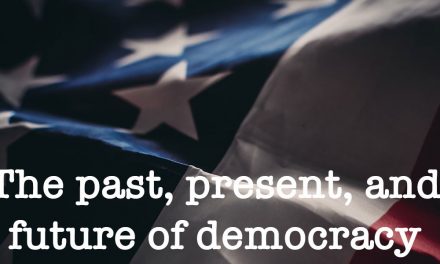
What’s In Those Plastics, Anyway?
with Professor Susannah Scott, Chemistry, UC Santa Barbara

The world is awash in plastic. According to a study published in 2020, total production of plastics since 1950 is now over 10 billion tons, with more than half of that simply discarded. And the production of plastics will only increase in the future. There is a lot of oil and natural gas in the world and, if and when we wean ourselves from fossil fuels, oil and chemical companies will be looking for other places to use their stocks.
So far, only about one billion tons of plastic have been recycled—that is, put into the recycling chain. What exactly has happened to that material is less clear. Different types of plastic require different post-consumer processing to turn them back into pellets of raw material. Most factories are set up to use only particular types of plastic and it is still cheaper to buy virgin pellets than recycled ones. Are compostable plastics the solution? What is a compostable plastic? What is it made from? How is it broken down? Are there plastics that will simply decompose into constituent molecules by weathering and micro-organisms? Questions, questions. Are there answers?
Join host Ronnie Lipschutz for a chemistry and economics lesson from Dr. Susannah Scott, Distinguished Professor of Chemical Engineering and occupant of the Duncan and Suzanne Mellichamp Chair in Sustainable Catalytic Processing at the University of California Santa Barbara. Here I quote from a UCSB website: “Her research interests include the design of heterogeneous catalysts with well-defined active sites for the efficient conversion of conventional and new feedstocks, as well as environmental catalysts to promote air and water quality.”












